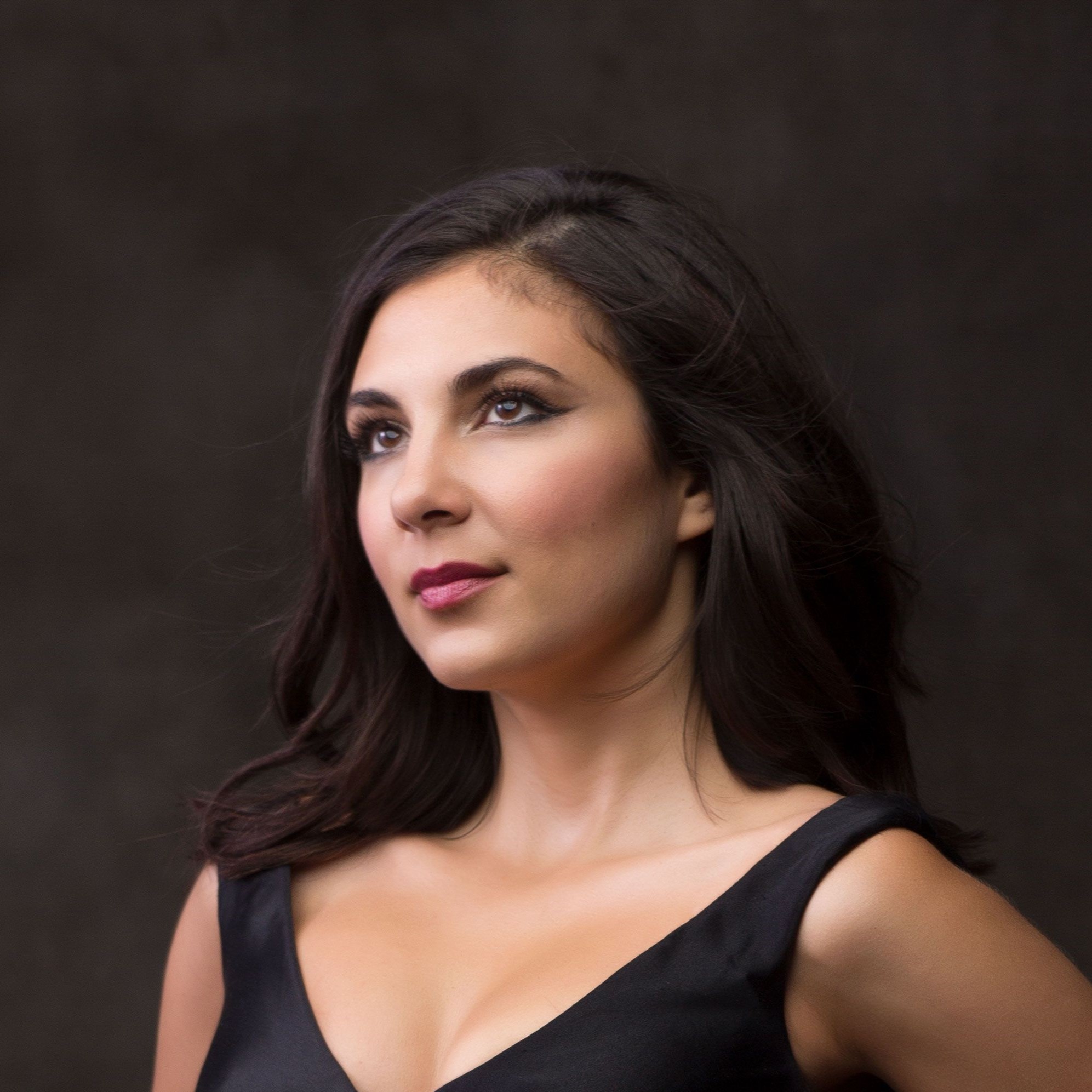
Christoph Willibald Gluck
Orfeo ed Euridice
This production ran: May 16 - Jun 8
This production is in the past.
$25 rush tickets are available for most performances and go on sale for Monday through Friday evening performances at noon, for matinees four hours before curtain, and for Saturday evenings at 2:00PM. Learn more about the Met's rush ticketing program here.
Overview
Last seen at the Met in the title role of Philip Glass’s Akhnaten, countertenor Anthony Roth Costanzo stars as the mythic hero who ventures into the underworld to rescue his beloved Euridice. Soprano Ying Fang is his ill-fated bride, with soprano Elena Villalón in her company debut as Amore, the god of love who sets Orfeo on his quest. J. David Jackson conducts Gluck’s sublime setting of the ancient tale, enlivened by exuberant choreography from the legendary Mark Morris and featuring members of his renowned dance group.
Please note there is no intermission and no late seating for these performances.
Production a gift of Mr. and Mrs. Wilmer J. Thomas, Jr.
Revival a gift of Douglas Dockery Thomas
Languages
Languages sung in Orfeo ed Euridice
Sung In
Italian
Titles
Title languages displayed for Orfeo ed Euridice
Met Titles In
- English
- German
- Spanish
- Italian
Timeline
Timeline for the show, Orfeo ed Euridice
Estimated Run Time
1 hrs 40 mins
-
House Opens
-
Acts I, II, and III
100 mins
-
Opera Ends
Cast

Premiere: Court Theatre (Burgtheater), Vienna, 1762. The myth of the musician Orpheus—who travels to the underworld to retrieve his dead wife, Eurydice—probes the deepest questions of desire, grief, and the power (and limits) of art. Gluck turned to this legend as the basis for a work as they were developing their ideas for a new kind of opera. Disillusioned with the inflexible forms of the genre as they existed at the time, the composer sought to reform the operatic stage with a visionary and seamless union of music, poetry, and dance.
Creators
Christoph Willibald Gluck (1714–87) was born in Bavaria and studied music in Milan. He traveled extensively throughout Europe, attracting students and disciples to his philosophy of an all-encompassing operatic-theatrical experience. His librettist for Orfeo ed Euridice was the remarkable Italian poet Ranieri de’Calzabigi (1714–95). Thanks to many years spent in Paris, he had been influenced by French drama and shared Gluck’s zeal for an ideal musical theater.
PRODUCTION
Mark Morris
SET DESIGNER
Allen Moyer
COSTUME DESIGNER
Isaac Mizrahi
LIGHTING DESIGNER
James F. Ingalls
CHOREOGRAPHER
Mark Morris

Composer
Christoph Willibald Gluck
Videos
Setting

The opera is set in an idealized Greek countryside and in the mythological underworld. These settings are more conceptual than geographic, and notions of how they should appear can (and rightly do) change in every era.
Music
Gluck consciously avoided the sheer vocal fireworks that he felt had compromised the drama of opera during the era of the castrati—male singers who had been surgically altered before puberty to preserve their high voices. He did not originally dispense with castrati, but the castrato role of Orfeo (today sung by mezzo-sopranos and countertenors) was given an opportunity to impress through musical and dramatic refinement rather than vocal pyrotechnics.










